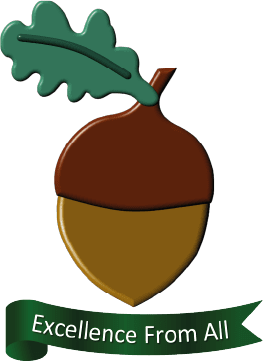English Writing Subject Leader: Mrs S Robins
Here at Cliffe Woods, we teach our children a writing curriculum that enables them to become confident, creative and independent writers.
Intent
It is our intent to provide high-quality learning experiences to develop pupils’ competence in both transcription (spelling and handwriting) and composition (articulating ideas and structuring them in speech and writing). Pupils learn how to plan, revise and evaluate their writing effectively. They will be able to write down their ideas fluently, spelling words quickly and accurately by knowing the relationship between sounds and letters in words. Increased understanding and confidence in the composition of writing will enable pupils to form, articulate and communicate ideas, organise them coherently, show an awareness of the audience, purpose and context, and demonstrate an increasingly wide knowledge of vocabulary and grammar. We aim to encourage pupils to develop fluent, legible and, eventually, speedy handwriting.
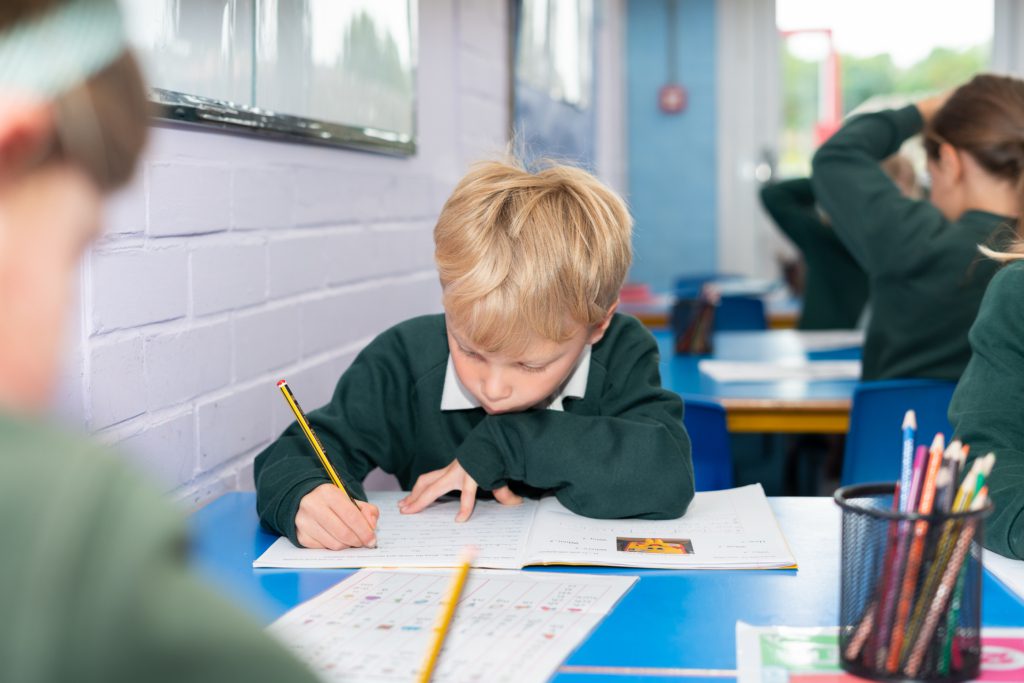
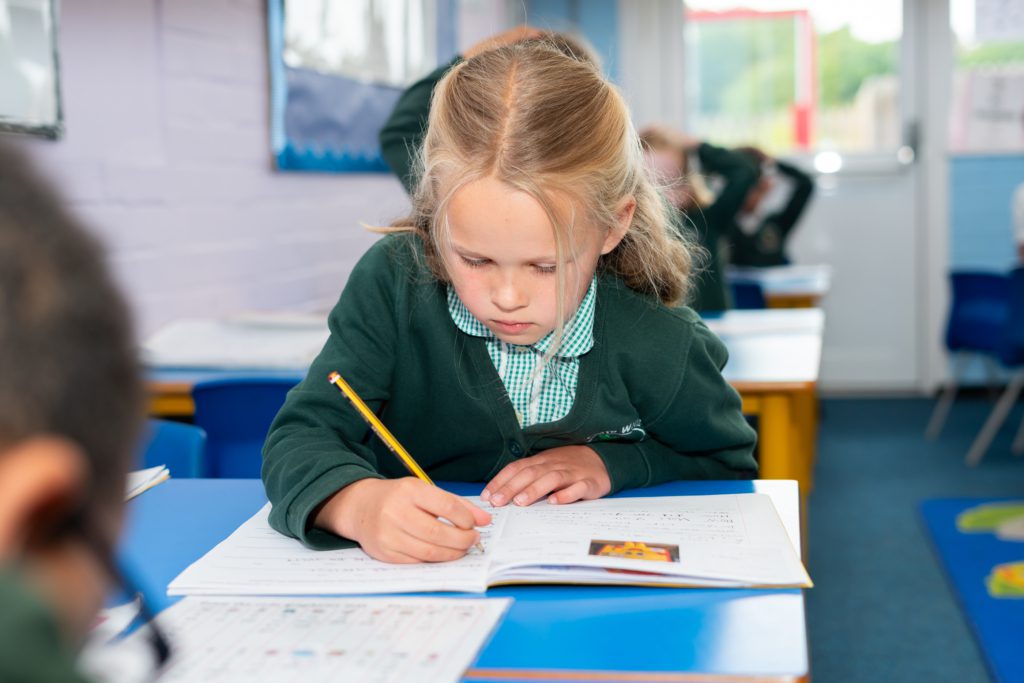
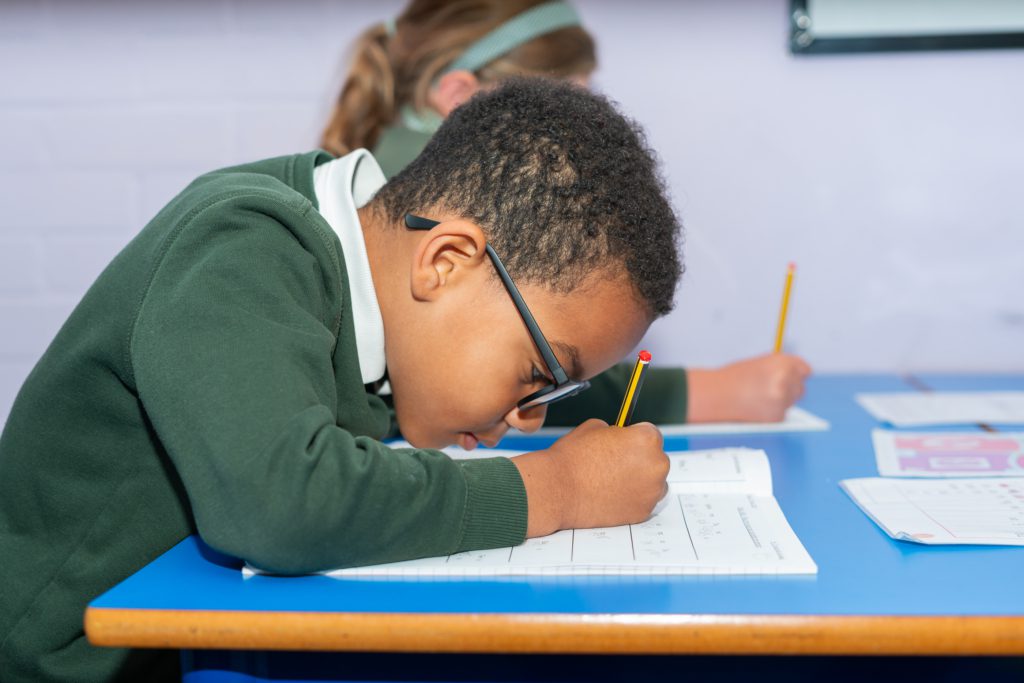
Implementation
Writing is taught in specific meaningful and effective contexts. Children have effective, high quality daily English lessons and frequent opportunities to write across the curriculum.
Teachers model the writing and planning process through shared writing sessions where ideas are collected and developed.
Pupils are supported to articulate their ideas through carefully planned speaking and listening activities and our whole school approach to collaborative learning. They have opportunities to reflect on and improve writing through editing with continuous self, peer and teacher assessment providing clear next steps for learning.
Spelling is developed using a phonics- based approach and in line with the requirements of the English National Curriculum 2014. Spelling Shed is used across the school to teach and help children practise spelling patterns and common exception words in a fun and interactive way. Children also work on spellings through dictation exercises, phonic activities and ‘word of the week’ tasks. Spellings are modelled and corrected regularly for them by the teaching staff.
Across the school, the pupils use collaborative learning structures, drama, presentations and debate to further enhance their literacy development.
Grammar and punctuation are contextually taught within English lessons but also through discrete sessions where appropriate. Objectives taught within English lessons are used to develop writing across the curriculum. Word processing, combining text and graphics, is developed using computer programs such as Word and Publisher where possible.
Handwriting
It is paramount that children are rigorously taught correct letter formation from the very beginning of their time in school. As soon as the children are ready, they are taught to sit properly in order to have the correct posture for writing, hold a pencil in the correct tripod grip and develop a legible handwriting style.
Impact
Our pupils leave us equipped with a strong command of the written word, a wide vocabulary and a good understanding of both grammar and the linguistic conventions needed for writing. Ensuring our pupils are exposed to a range of text types, genres and writing stimuli, means they can adapt their own writing for a range of contexts, purposes and audiences.
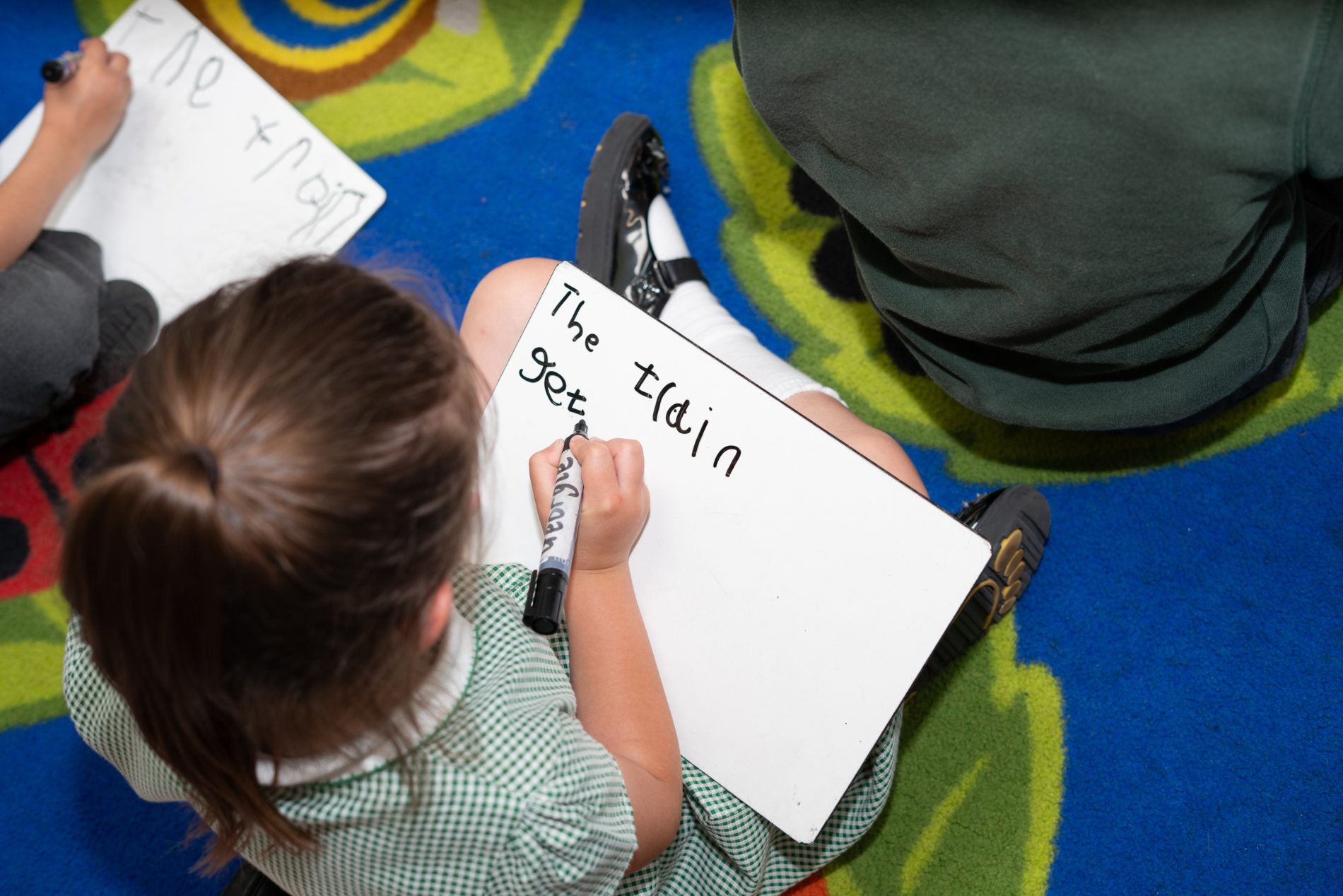
English Writing in Each Stage
Early writing in EYFS is taught through understanding the five key concepts about print but also by focusing on the physical skills needed to hold a pen and write. Therefore, physical development and the development of both gross and fine motor skills are prioritised as a precursor to writing. Teaching the children through an adult-directed, an enhanced and continuous provision that: print has meaning – print can have different purposes – we read English text from left to right and from top to bottom – the names of the different parts of a book and page sequencing forms the building blocks for early mark making.
The children are taught letter formation as part of their phonics learning, learning to write and form the letters/letter groups which represent the 44 sounds. They are given daily opportunities for mark-making and learn to build sentences by practising sentences out loud before they write.
Weekly focus texts are carefully chosen to ensure children engage with different forms of writing, including writing for a purpose.
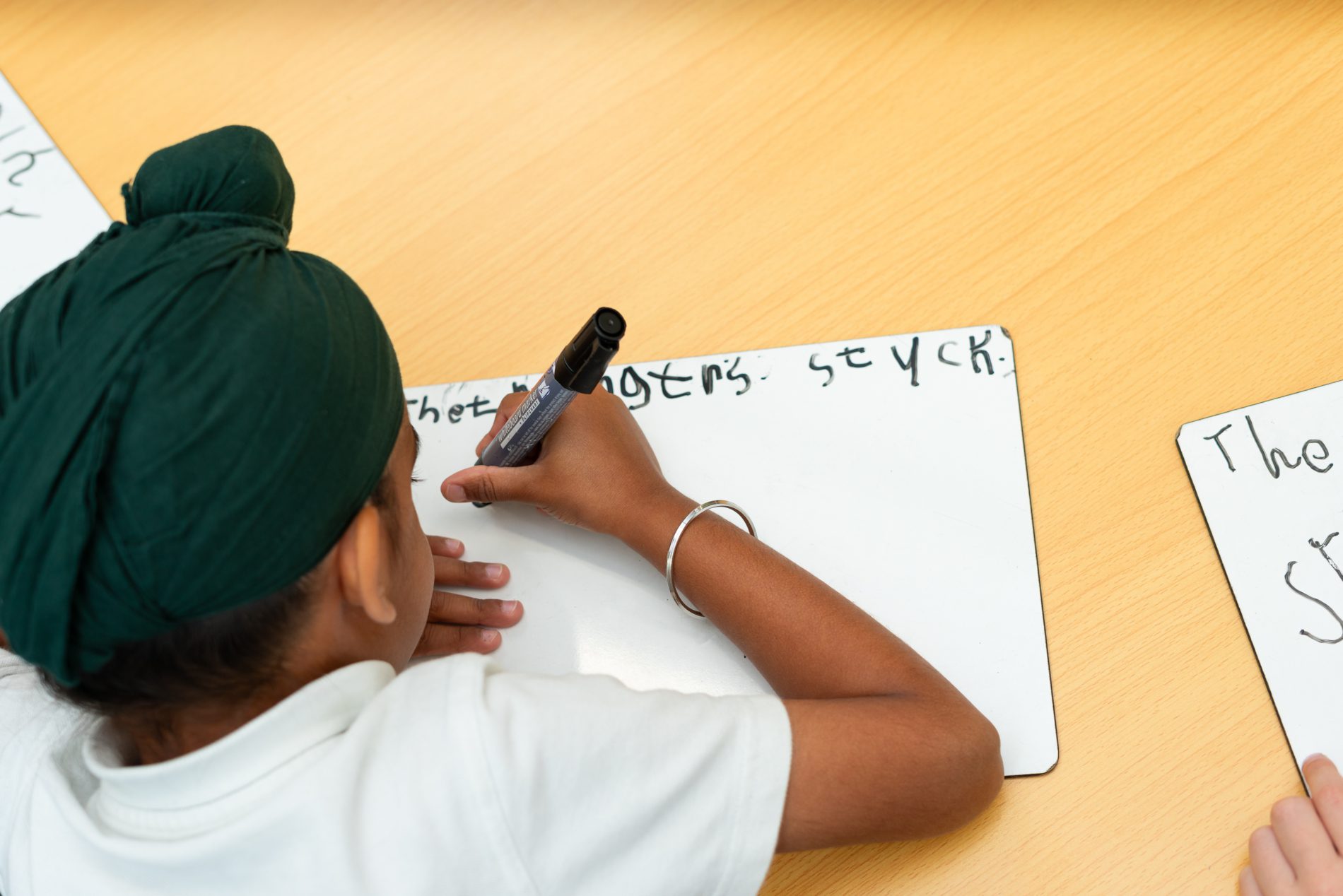
In KS1, time is given for pupils to orally compose sentences before writing them and later to evaluate their writing with the teacher or other pupils.
Children will be given the opportunity to:
- Write stories set in places pupils have been.
- Write stories with imaginary settings.
- Write stories and plays that use the language of fairy tales and traditional tales.
- Write stories that mimic significant authors.
- Write narrative diaries.
- Write labels.
- Write lists.
- Write captions.
- Write instructions.
- Write recounts.
- Write glossaries.
- Present information.
- Write non-chronological reports.
- Write poems that use pattern, rhyme and description.
- Write nonsense and humorous poems and limericks.
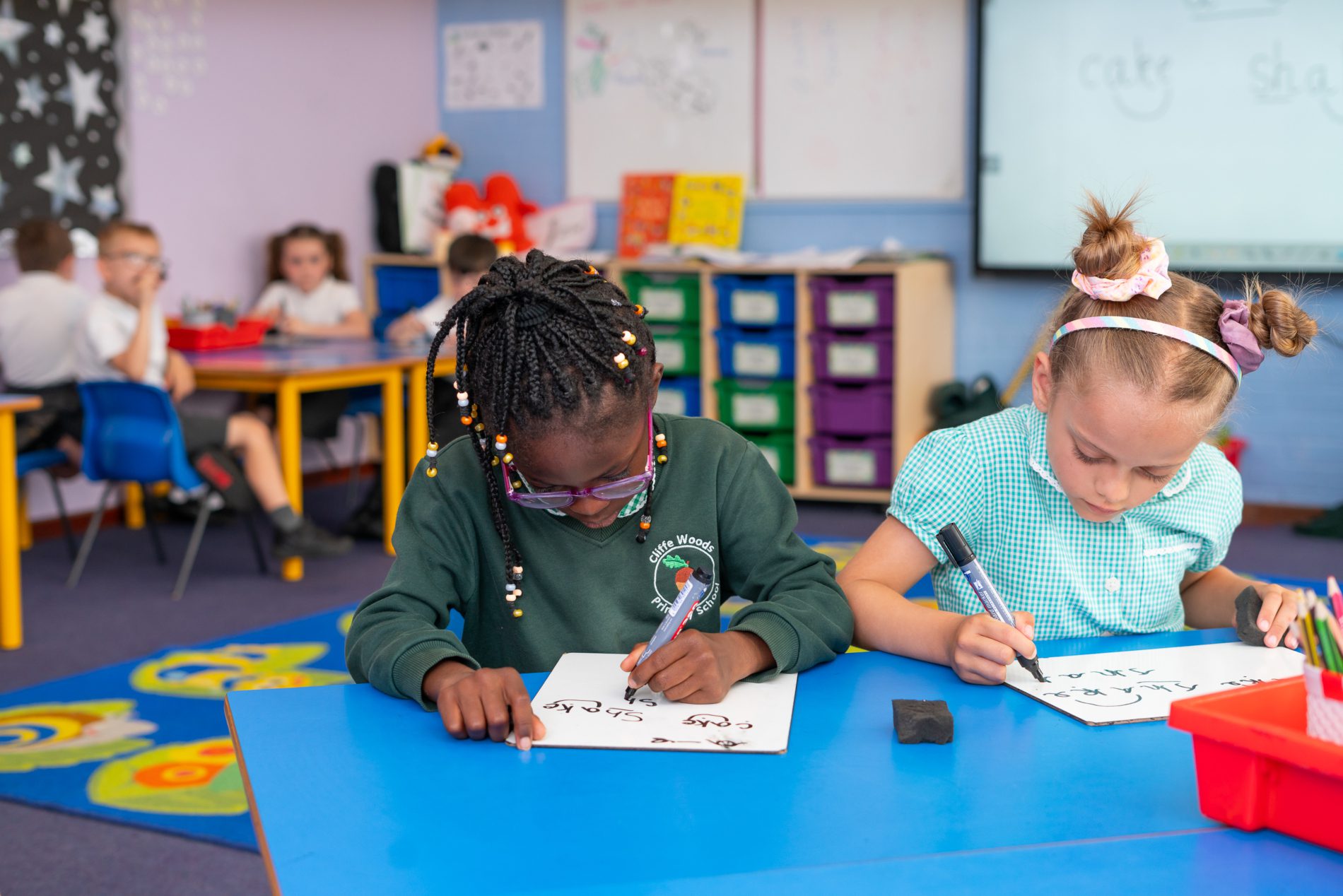
In KS2, pupils may use writing similar to that which they are planning to write, in order to understand more about the structure. They will discuss ideas and draft their writing, later evaluating and editing their work.
Children will be given the opportunity to:
- Write stories set in places pupils have been.
- Write stories set in places pupils can imagine.
- Write stories that contain mythical, legendary or historical characters or events.
- Write stories of adventure.
- Write stories of mystery and suspense.
- Write letters.
- Write plays.
- Write stories, letters, scripts and fictional biographies inspired by reading across the curriculum.
- Write instructions.
- Write recounts.
- Write persuasively.
- Write explanations.
- Write non-chronological reports.
- Write biographies.
- Write in a journalistic style.
- Write arguments.
- Write formally and informally being able to confidently switch between the two.
- Learn by heart and perform a significant poem.
- Write haiku.
- Write cinquain.
- Write poems that convey an image or describe a narrative (simile, word play, rhyme and metaphor).
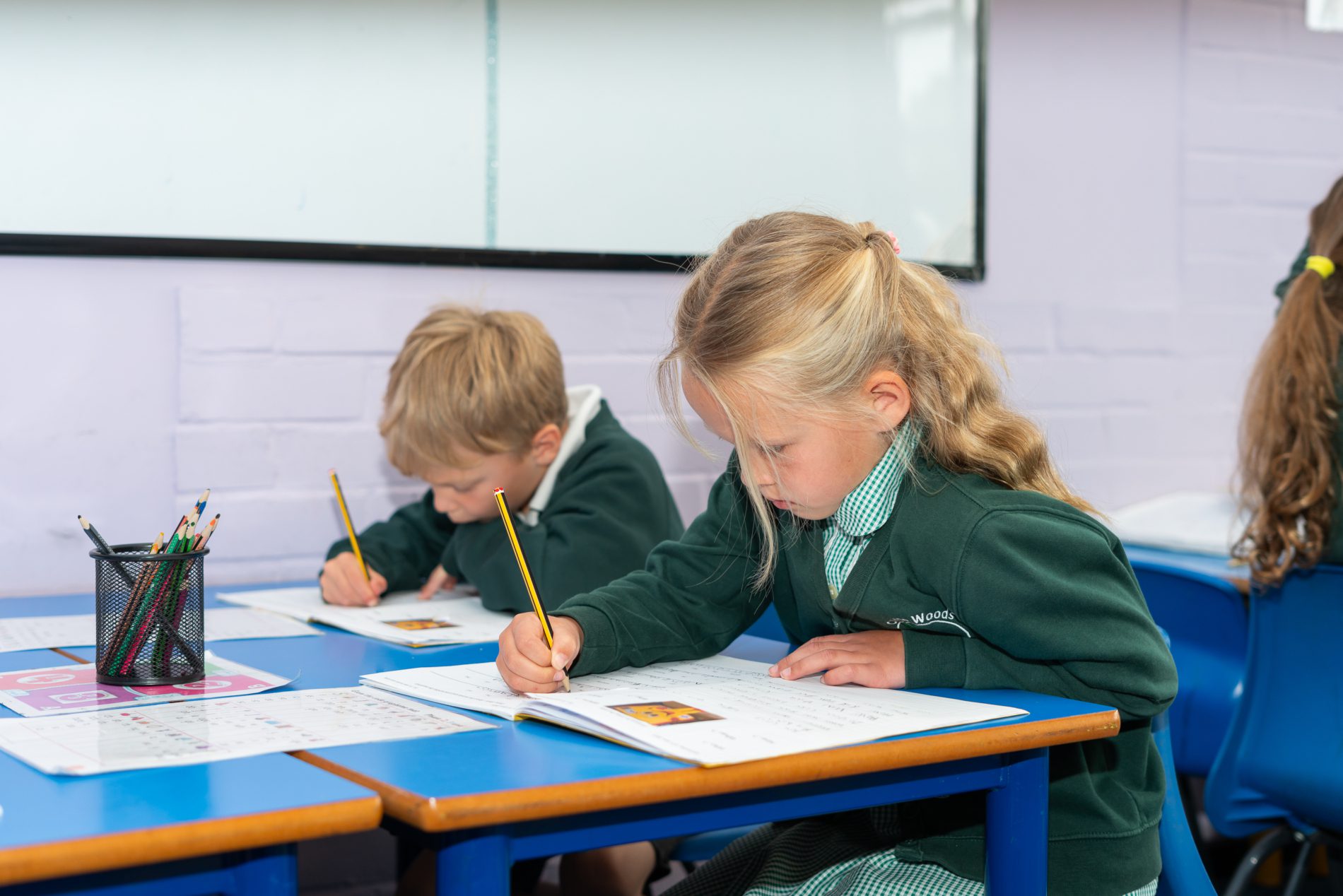
English Writing Progression
SEND Information
Interventions, support and challenges are constantly revised and adapted to ensure all children are supported in achieving learning. The above areas are robustly and continuously monitored to ensure any gaps in learning are addressed.
Home Learning
To help pupils catch up, we also use these strategies for extra support: If pupils fall behind, we have a range of strategies we use to help them catch up with their peers. This includes extra activities or consolidation and practice for targeted groups. One-to-one support with a trained teaching assistant. In-class small group support. Extra adult-led verbal support to improve spoken language. Role-play to practise language and sentence construction. Children are reassessed regularly so that they can keep up with their age-related learning.
English Writing Extra Resources
Further English Writing Help
Fun English Writing Games
